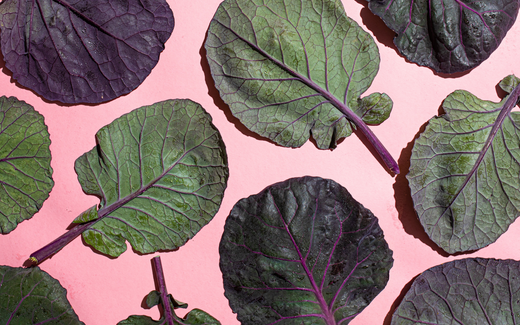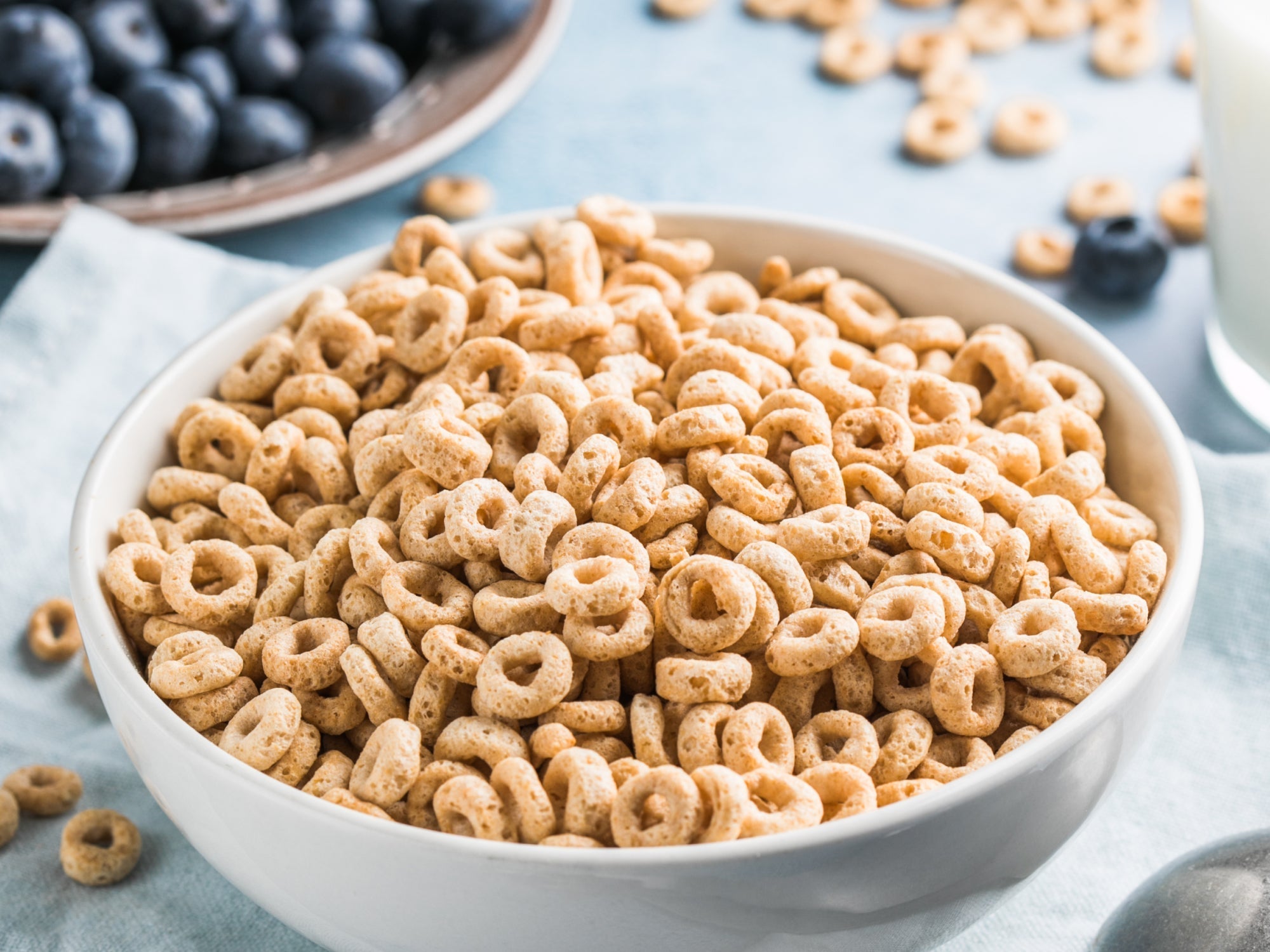It’s possible to get enough iron on a plant-based diet, but there’s a few things you should know.
Calling all vegetarians, vegans, or anyone else on a plant-based diet—don’t listen to the haters. You absolutely don’t need to change your lifestyle to get all your nutrients, such as protein or even iron.
That said, it is true that people who live a primarily plant-based lifestyle are at a higher anemia risk than omnivores. The reason for that is many plant products have less potent iron than the kind you find in animal products.
That’s right, there’s more than one type of iron and knowing the difference can help you pull off a plant-based diet without any issues. Here’s what you need to know!
The Two Types of Iron – And How They’re Different
Our bodies use iron to build healthy red blood cells, and we get the vast majority of that iron from the foods we eat. Iron occurs naturally in plenty of foods, but it’s important to know there’s two different types of iron—heme and non-heme. Heme iron occurs in animal products, like meat and dairy, and non-heme is in plant foods.
Here’s the difference between the two: heme iron is more easily absorbed by the body than non-heme. To illustrate what we mean, imagine those block sorting games that toddlers play with.
Now, let’s say your body’s iron receptors (which it uses to absorb the iron you take in from your diet) is shaped like a circle. Heme iron would also be shaped like a circle, and could easily fit into the receptor. But non-heme iron is shaped like an oval—kind of like a circle, but it doesn’t fit in the receptor quite as well.
The number of heme iron molecules that can fit into the receptors is greater than the number of non-heme molecules. In other words, you get more bang-for-your-buck with heme iron than non-heme.
That’s why your iron levels can drop drastically if you remove animal products from your diet; your body has to work harder to utilize the non-heme iron in plant products to stave off iron deficiency anemia.
How Vegans and Vegetarians Can Prevent Anemia
There’s an easy way you can make non-heme iron work for you—Vitamin C. To make a long story short, Vitamin C creates a chemical reaction in non-heme iron that makes it easier for the body to absorb. Essentially, your body’s receptor and the non-heme molecules magically become the same size once you get enough Vitamin C.
That’s why spinach is a great choice for plant-based eaters who need more iron in their diet. The leafy green vegetable comes with 2.7 mg of non-heme iron and 28.1 mg of Vitamin C, making it an iron powerhouse.
Tofu, on the other hand, has 3 mg of non-heme iron but zero Vitamin C. In that case you’ll either have to serve it with another Vitamin C-rich food, or add some during the cooking process (perhaps an orange-sesame glaze?)
Power Plants
Plant-based diets are very diverse, which means there’s endless opportunities to introduce iron-rich foods into your daily dining. Swapping out light greens (like lettuce) for darker leaves (such as spinach and kale) is a good change due to the higher iron content in the latter. Soy-based products have lots of natural iron; if you avoid soy, just up your intake of lentils, beans, and peas instead.
Many fruits are a good source of iron too, but if you’re craving something a little sweeter for dessert, grab some dark chocolate—for the iron, of course. Not like you needed an excuse.
Here’s a list of iron-rich, plant-based products:
- Tofu/tempeh
- Oats
- Leafy green vegetables (such as spinach or Swiss chard)
- Lentils
- Pumpkin and flax seeds
- Potatoes
- Mushrooms
- Dark Chocolate
- Blackstrap Molasses

How AnemoCheck Can Help Plant the Seeds for Success
The best way to keep anemia at bay is to eat plenty of iron, and monitor your hemoglobin levels. If you’re someone who’s switching to a plant-based diet after eating meat for many years, this is especially important since you’ll want to ensure you’re not missing out on a vital nutrient.
AnemoCheck helps you track your hemoglobin estimates over time, allowing you to make sure you’re getting all the nutrients you need from your food—no matter what you decide to eat.





Leave a comment
This site is protected by hCaptcha and the hCaptcha Privacy Policy and Terms of Service apply.